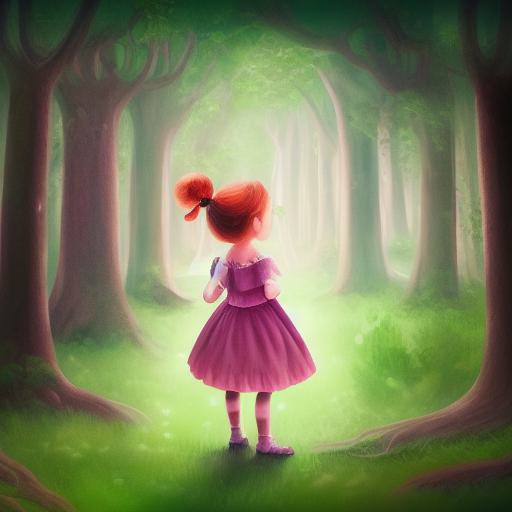Children book illustration
Children book illustration is the art of creating visual images that accompany a children’s book or story. The purpose of illustrations is to enhance the reading experience by bringing the characters and settings to life and capturing the imagination of young readers.
Children book illustrations can be created in a variety of styles, from colorful and whimsical to realistic and detailed, and can include a range of media such as pen and ink, watercolors, digital art, and more. A good children’s book illustrator not only has strong artistic skills, but also a deep understanding of the target audience, the story, and the message that the author wants to convey.
About Illustrators
Illustrators must work closely with the author, editor, and publisher to ensure that their illustrations align with the overall vision for the book. They must consider the target age group, cultural context, and language when creating their illustrations. For example, a book aimed at younger children may require simpler, more colorful illustrations, while a book for older children may require more complex and detailed images.
Illustrators use a variety of tools and techniques to create their illustrations. Some prefer traditional media, such as pencil, pen and ink, watercolors, or acrylics, while others use digital tools, such as tablets and software like Adobe Illustrator or Photoshop. Many illustrators use a combination of both traditional and digital techniques to create their illustrations.
AI-generated art
AI-generated art refers to artwork that is created through the use of algorithms in artificial intelligence. This method of creating art offers advantages over traditional techniques such as the ability to experiment with different styles and techniques quickly and efficiently, as well as the flexibility to create designs that meet specific requirements. AI-generated art also promotes diversity and inclusivity by providing a platform for artists from various backgrounds to express their unique experiences and perspectives. Online tools like Visual Paradigm Online can be used by designers to incorporate AI-generated art into their designs. Artists can use websites such as Stable Diffusion, Midjourney, or Dalle 2 to generate their own AI-generated art and explore the endless creative possibilities that this technology offers.
How to create this prompt?
Firstly, the prompt describes a painting of a little girl standing in a forest. This provides a clear visual image for the AI model to create. The image is set in a forest, which can be interpreted in various ways by the AI model – it could be a dark and eerie forest or a bright and whimsical one. The prompt also specifies that this is a storybook illustration, which suggests that the image should have a specific style that would appeal to children.
The prompt also mentions that the image is inspired by Alice Prin, who was a DeviantArt contest winner. This is likely a reference to a particular style or aesthetic that Alice Prin has become known for, and the AI model can use this as a reference point for the style of the image. Pop surrealism is also mentioned as an influence, which is a style that combines pop culture and surrealism, often featuring bright colors and whimsical elements.
The prompt also specifies that the image should have a fairy-tale illustration style. This is a broad category that encompasses many different styles, but generally involves using stylized, fantastical imagery to create a sense of magic and wonder. The AI model can use this as a guide for the types of elements and colors that should be used in the image.
Finally, the prompt specifies that the forest should be magical. This leaves the interpretation of what makes the forest magical up to the AI model, but it could include elements such as glowing mushrooms, talking animals, or other mystical elements that add to the overall sense of wonder and enchantment.
Overall, the prompt provides a clear set of guidelines for the AI model to follow when generating the image. By specifying the setting, style, and influences for the image, the prompt helps to ensure that the final product is cohesive and fits within the desired aesthetic.


